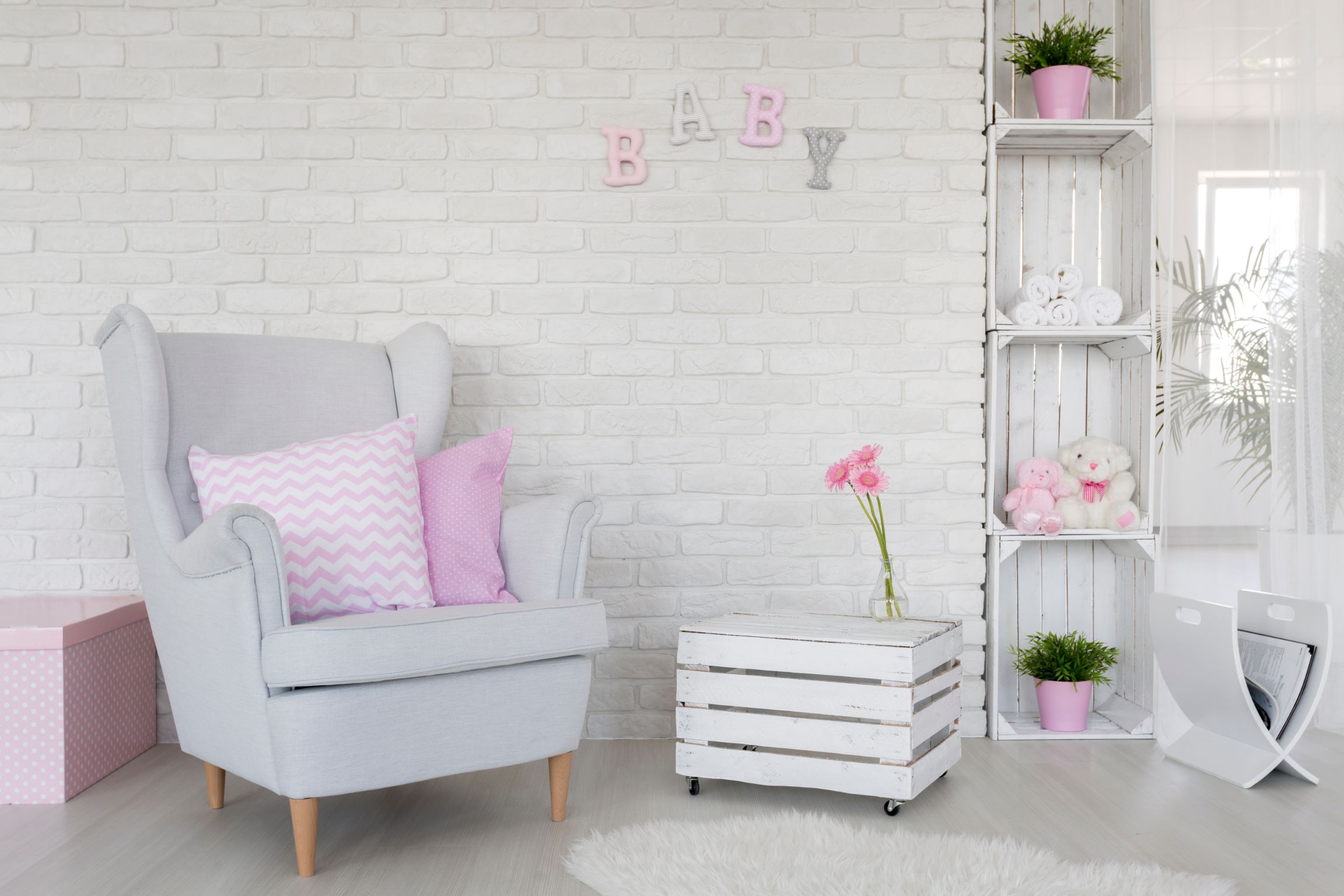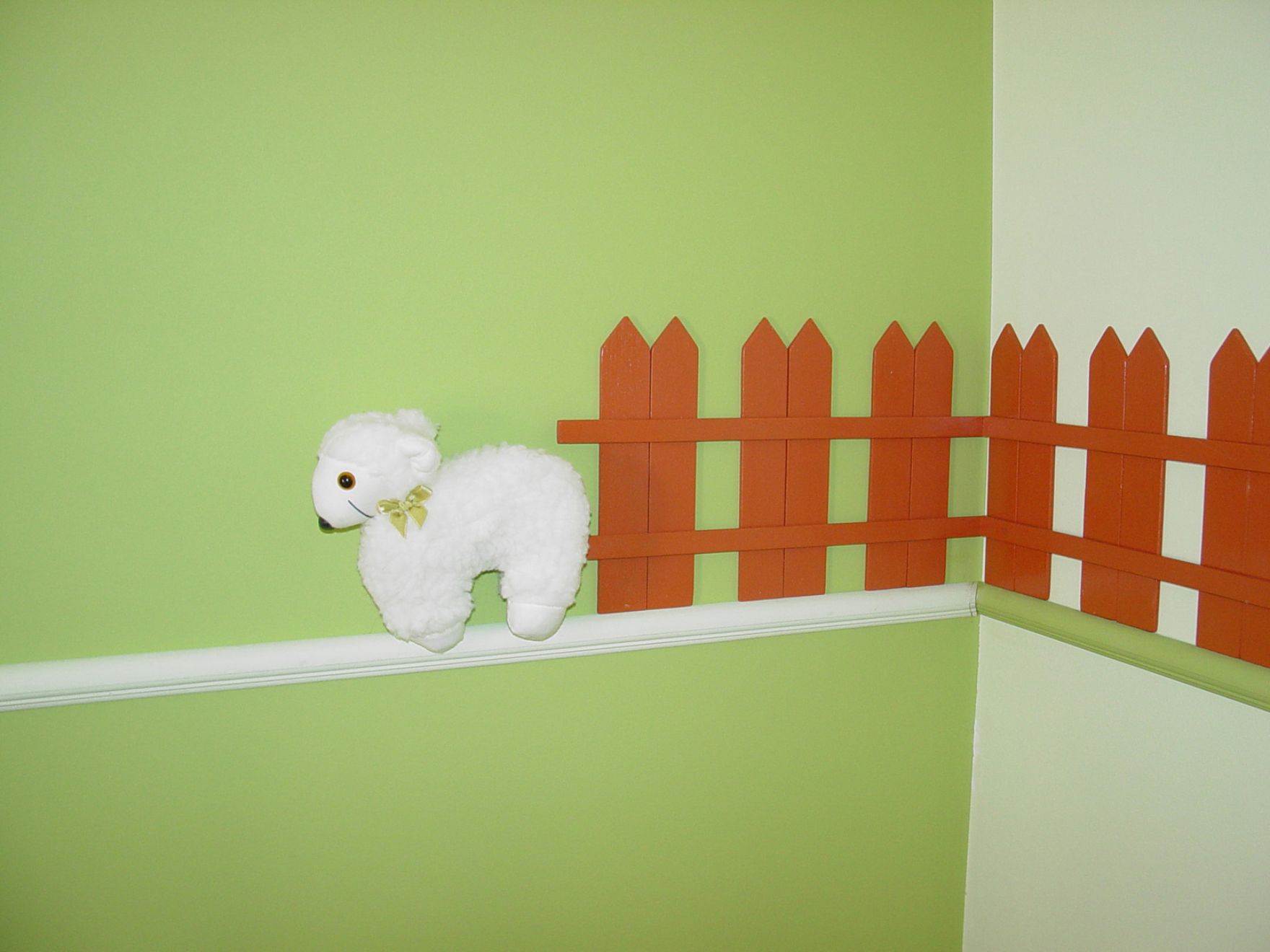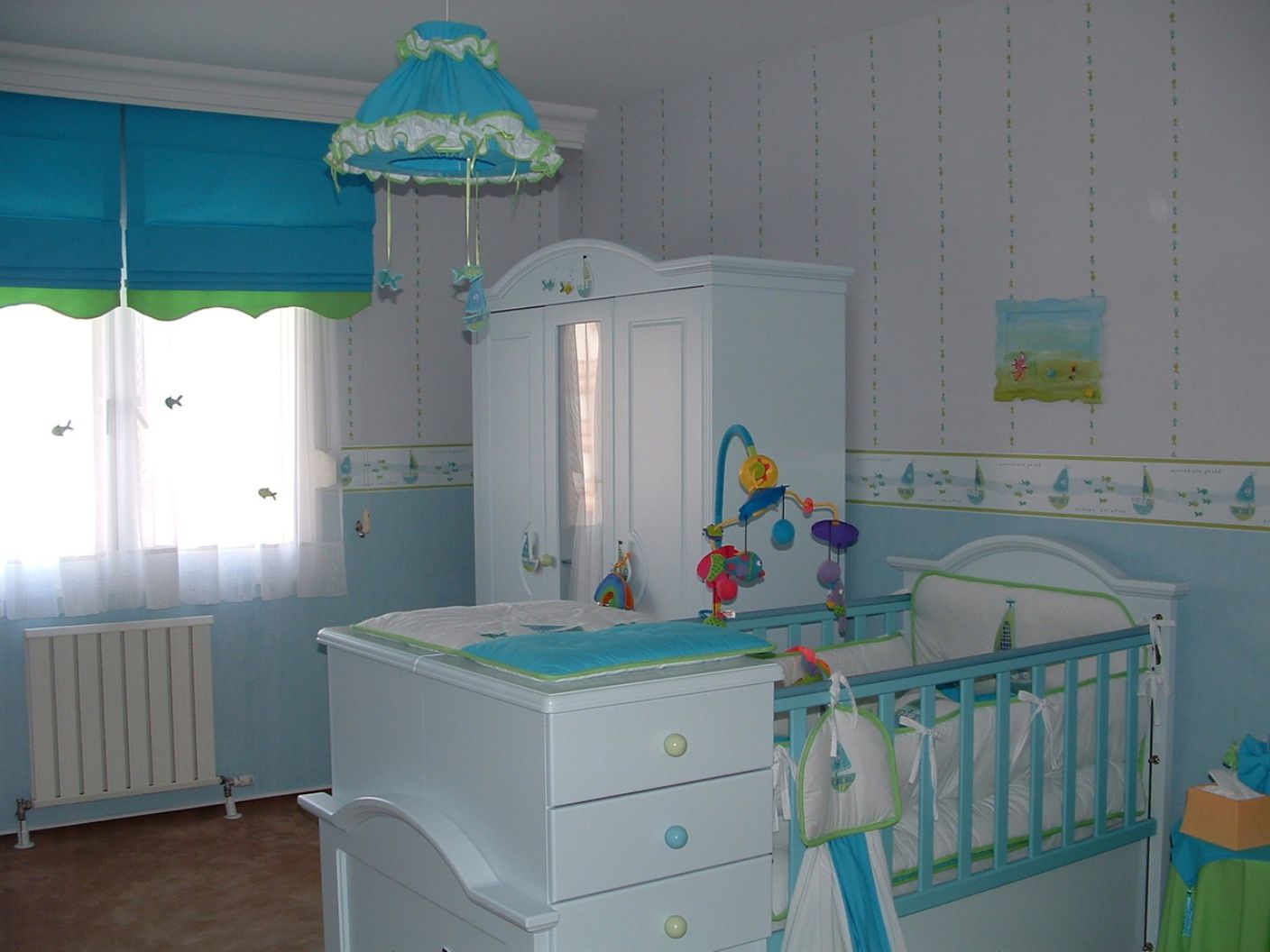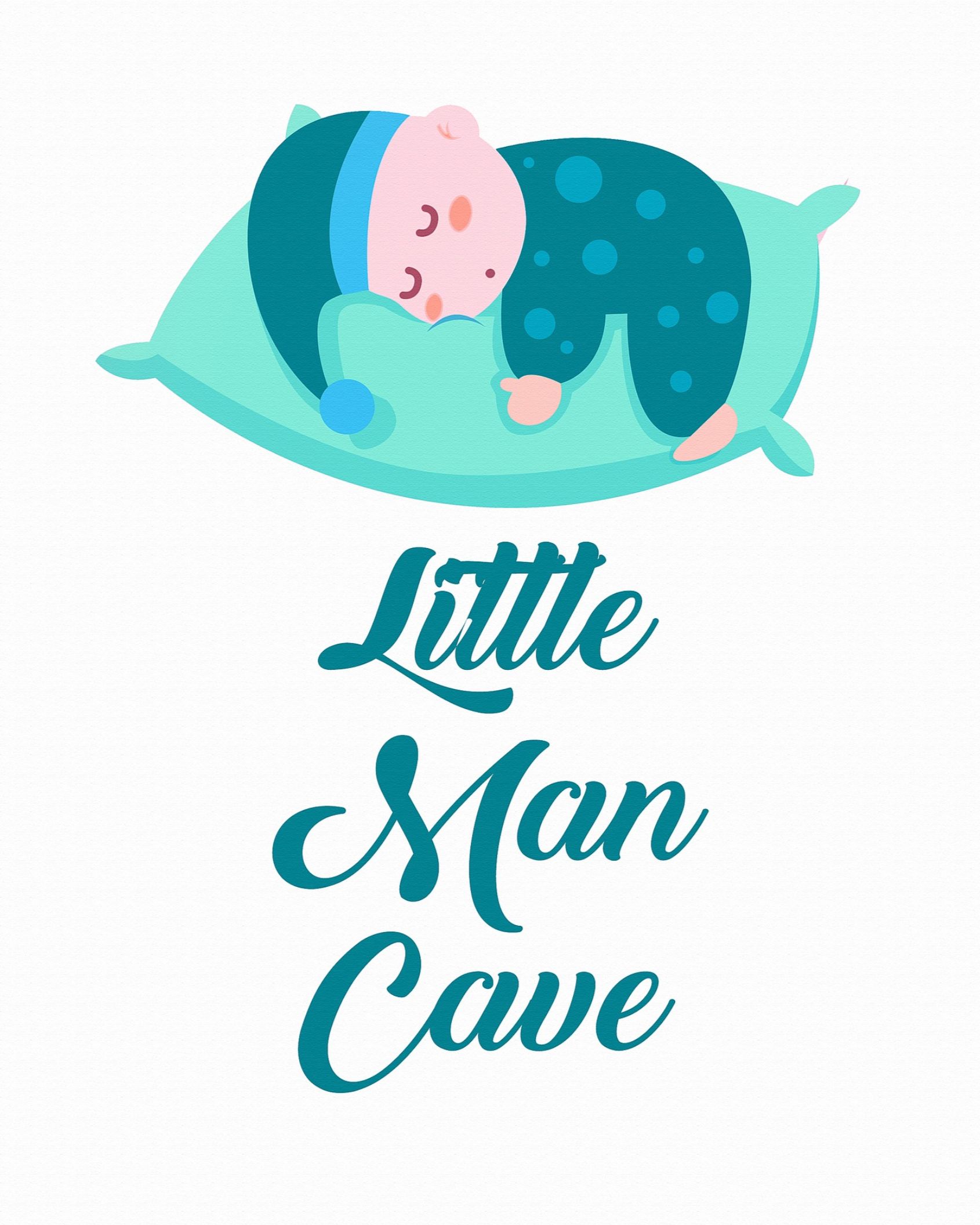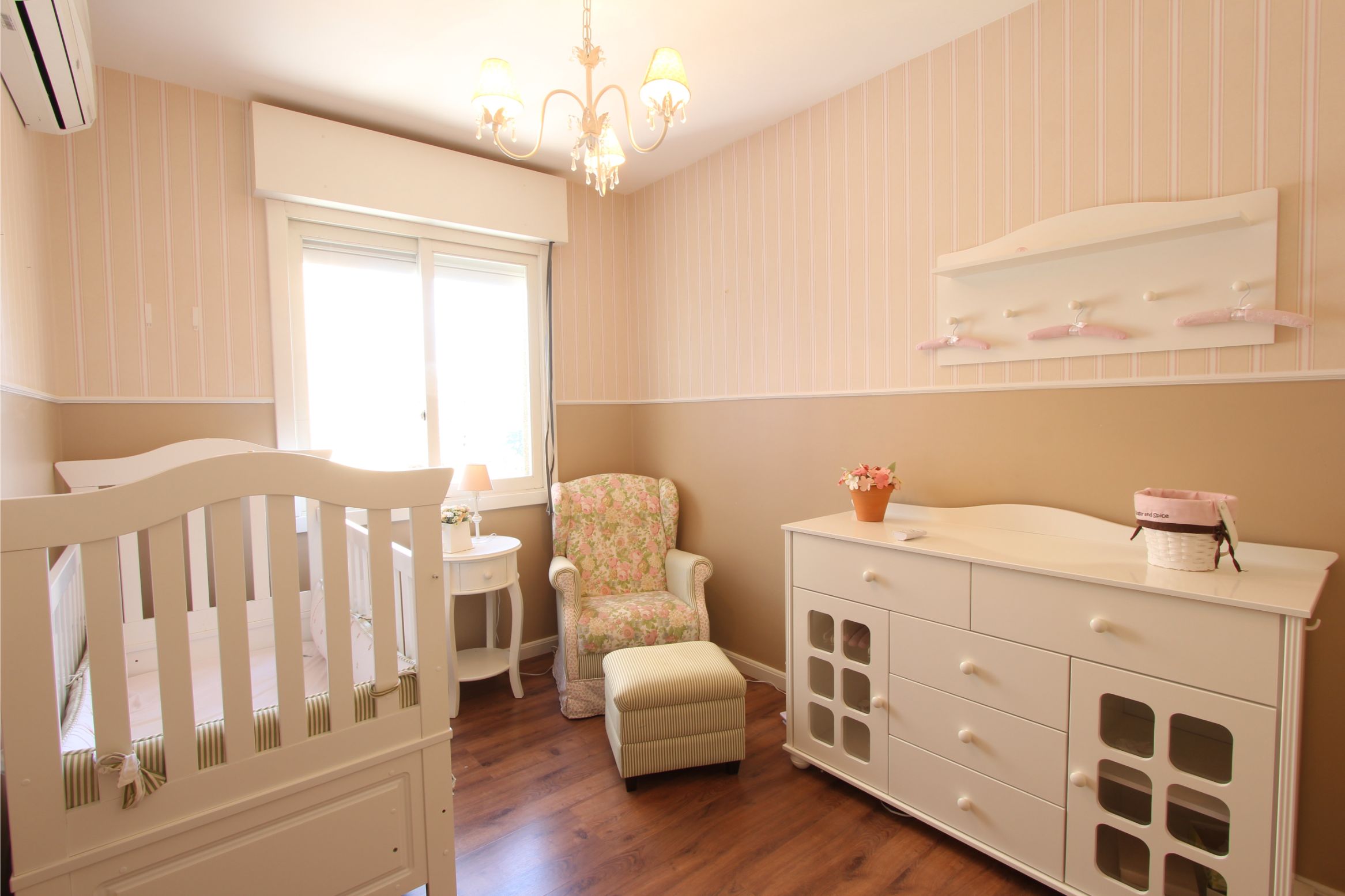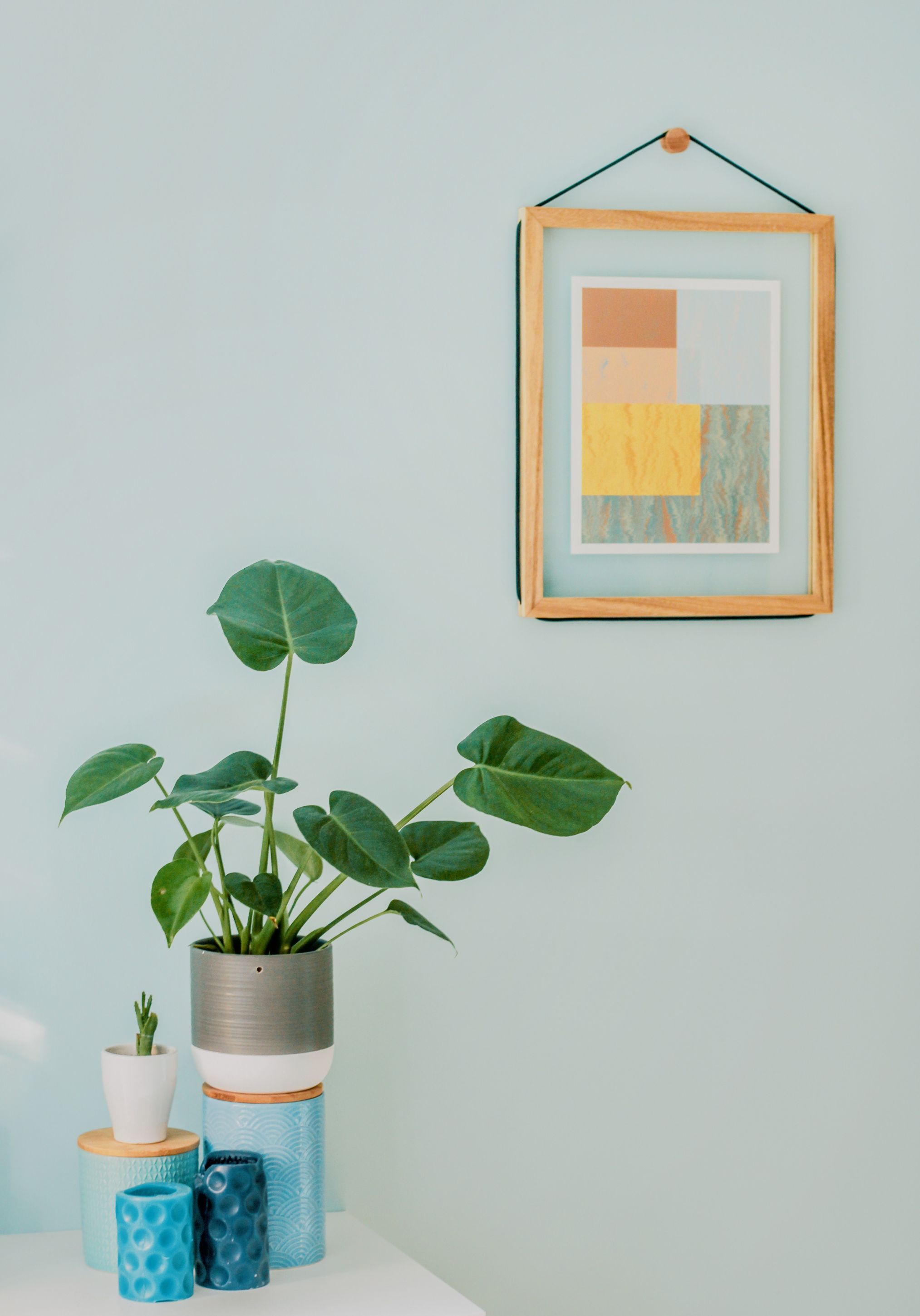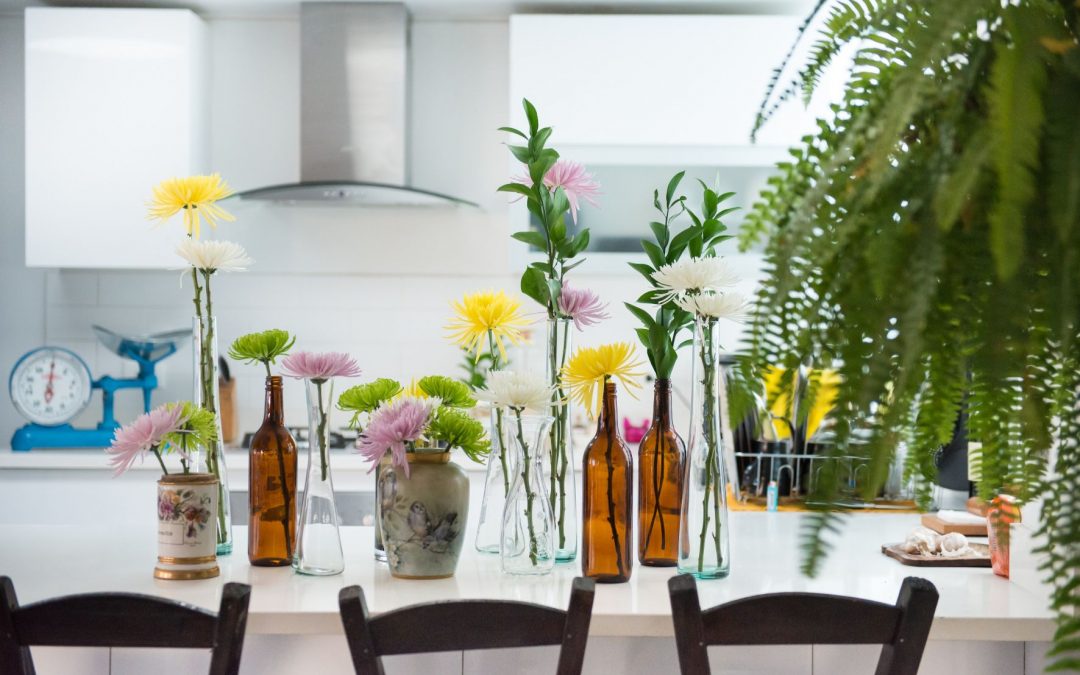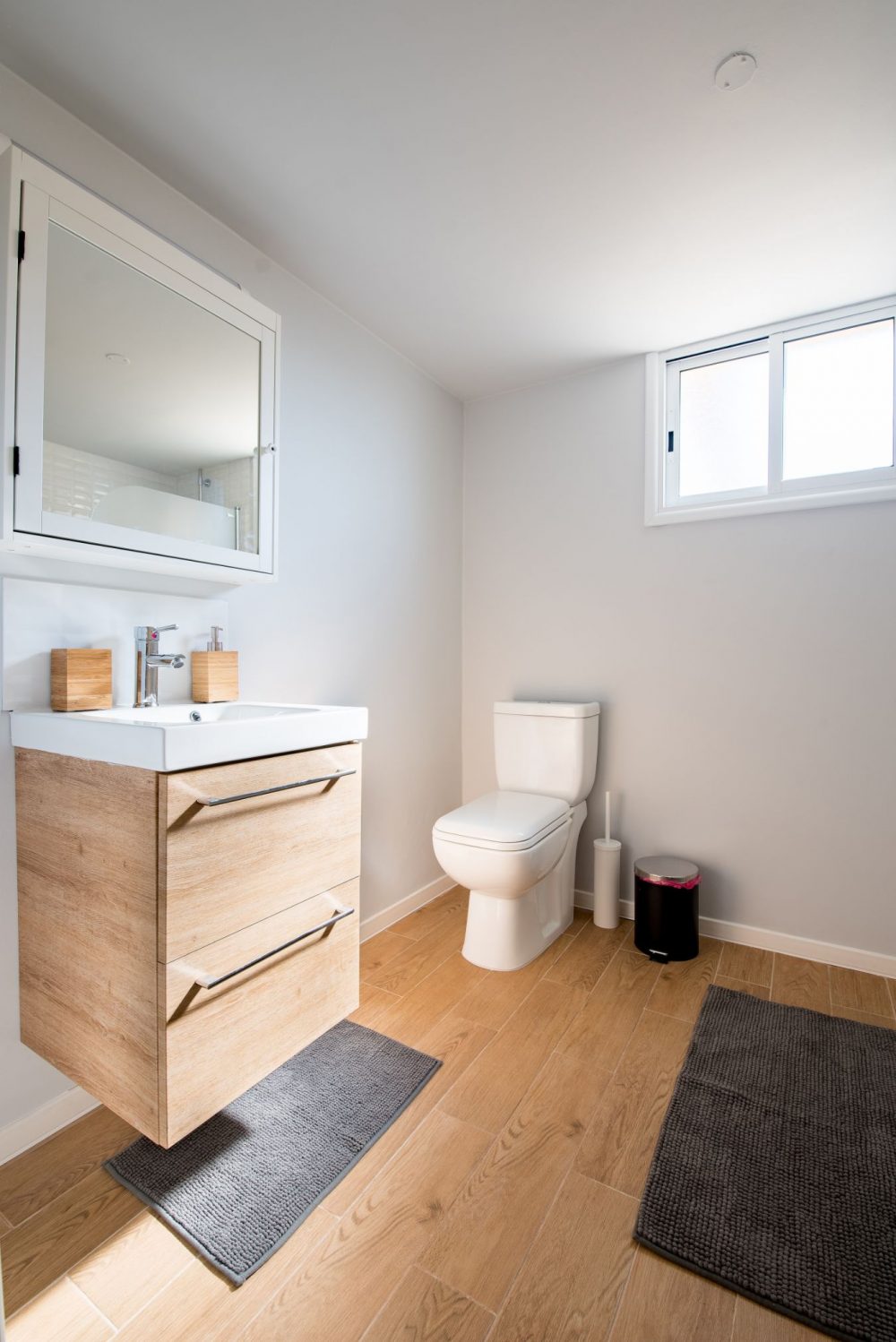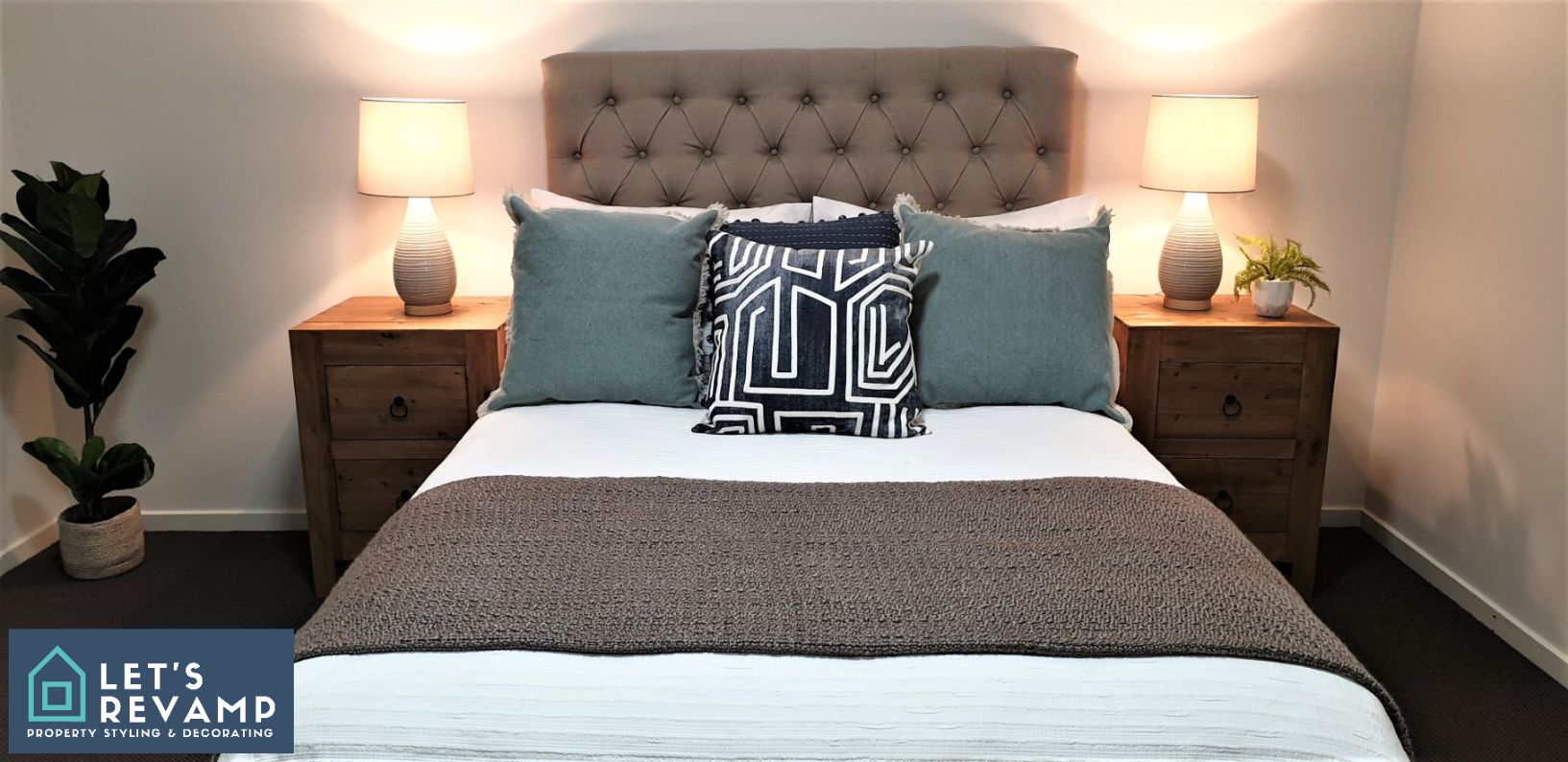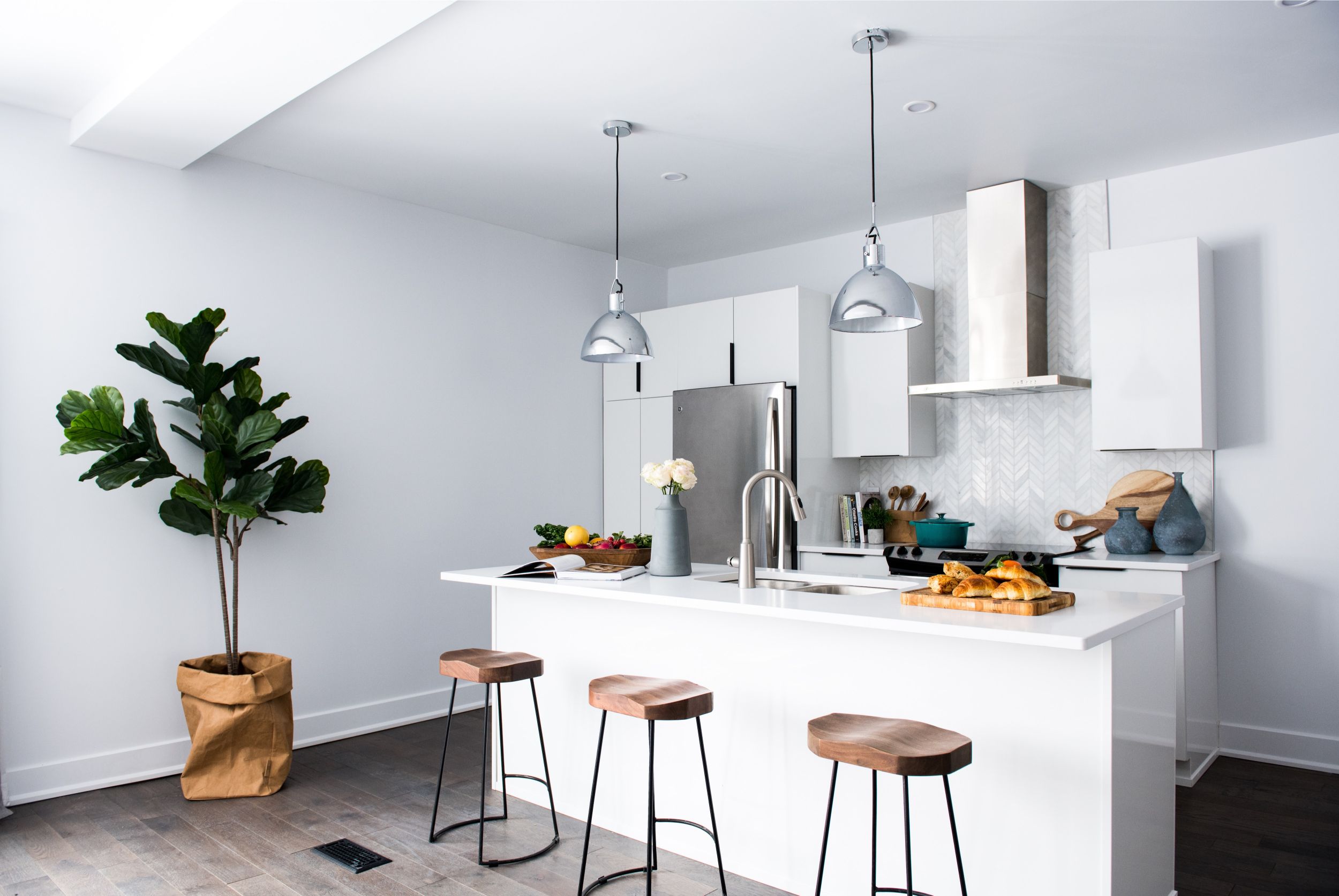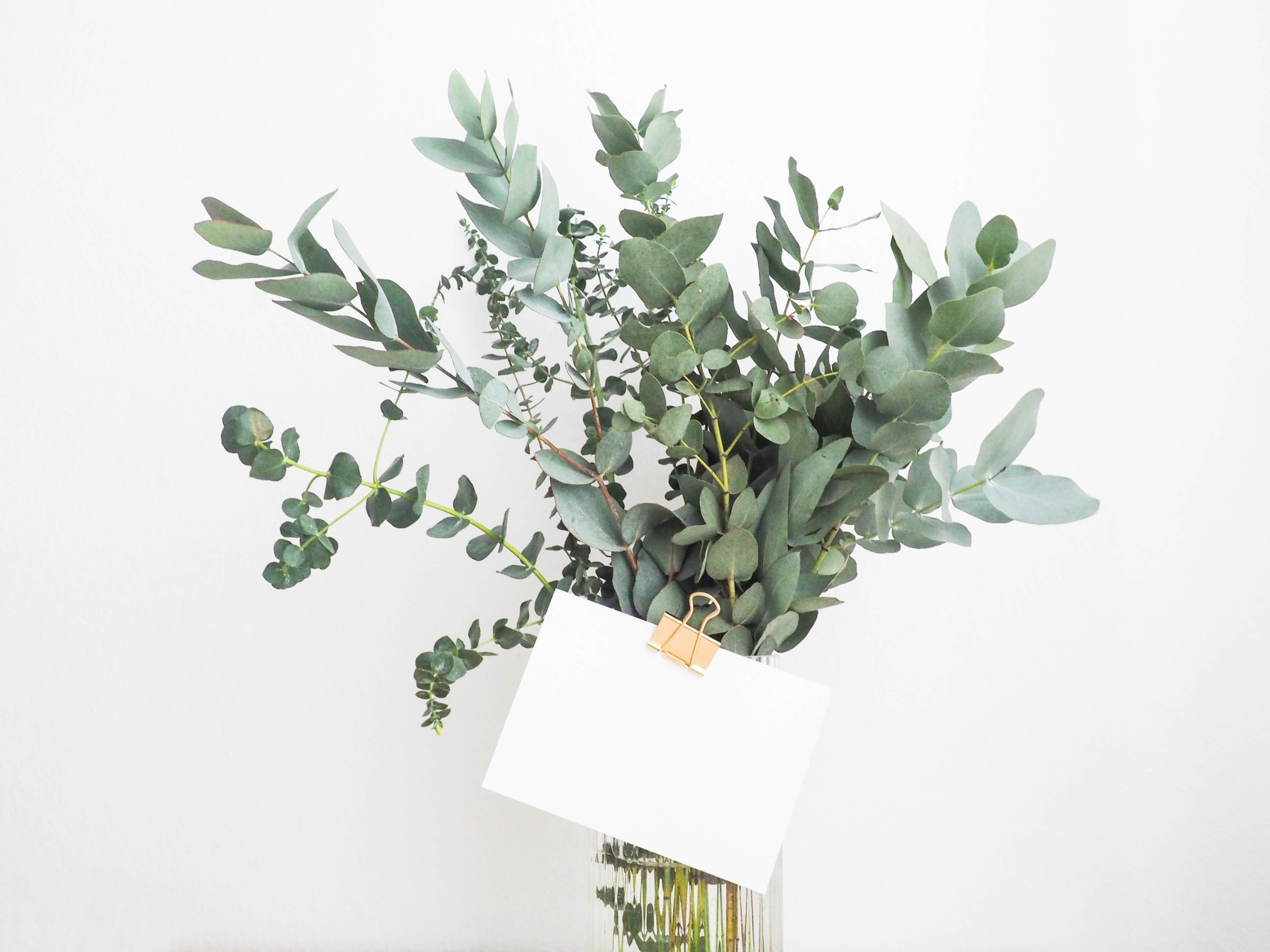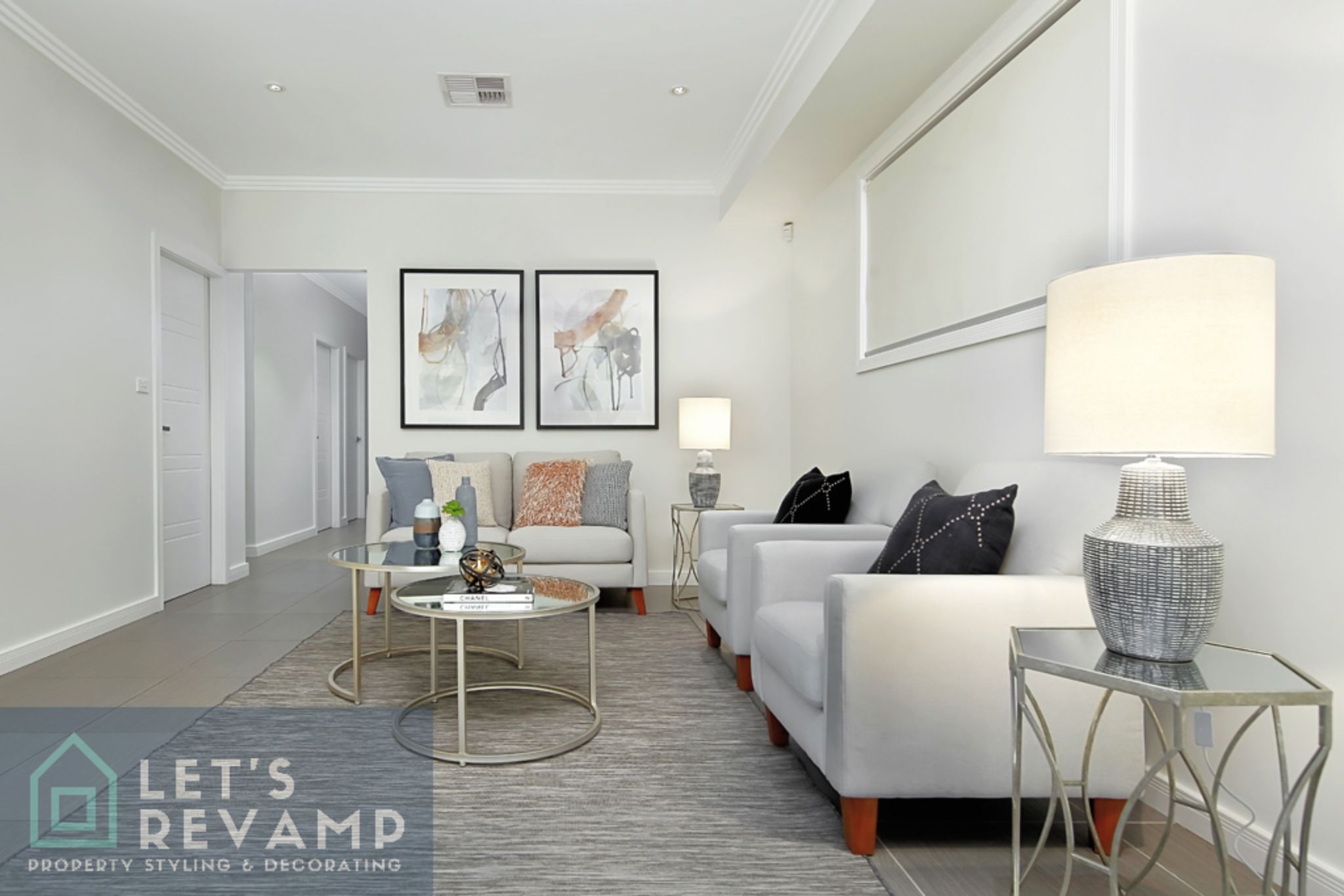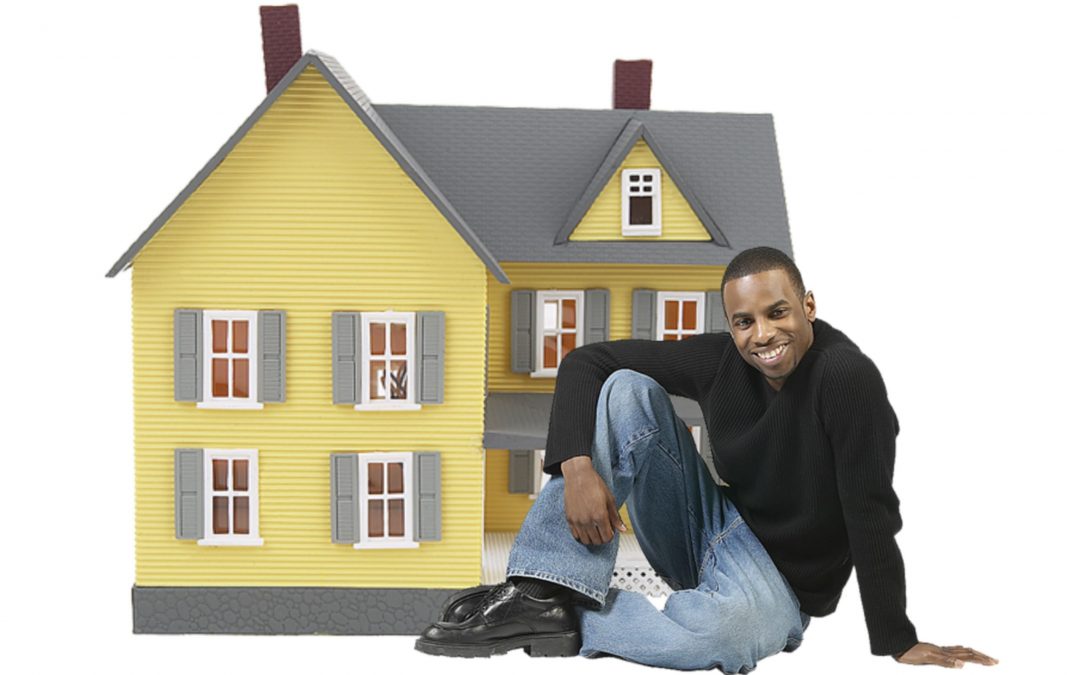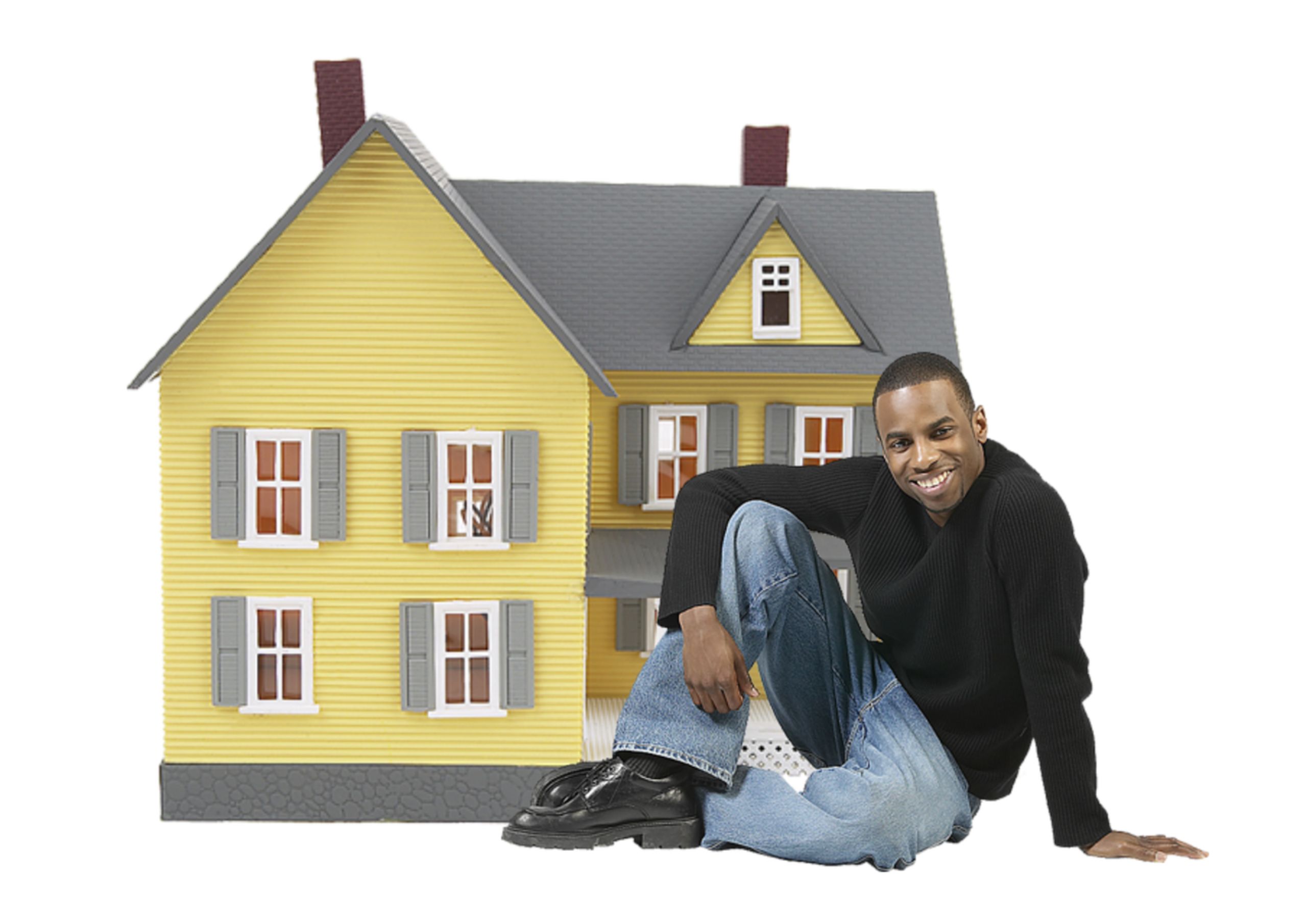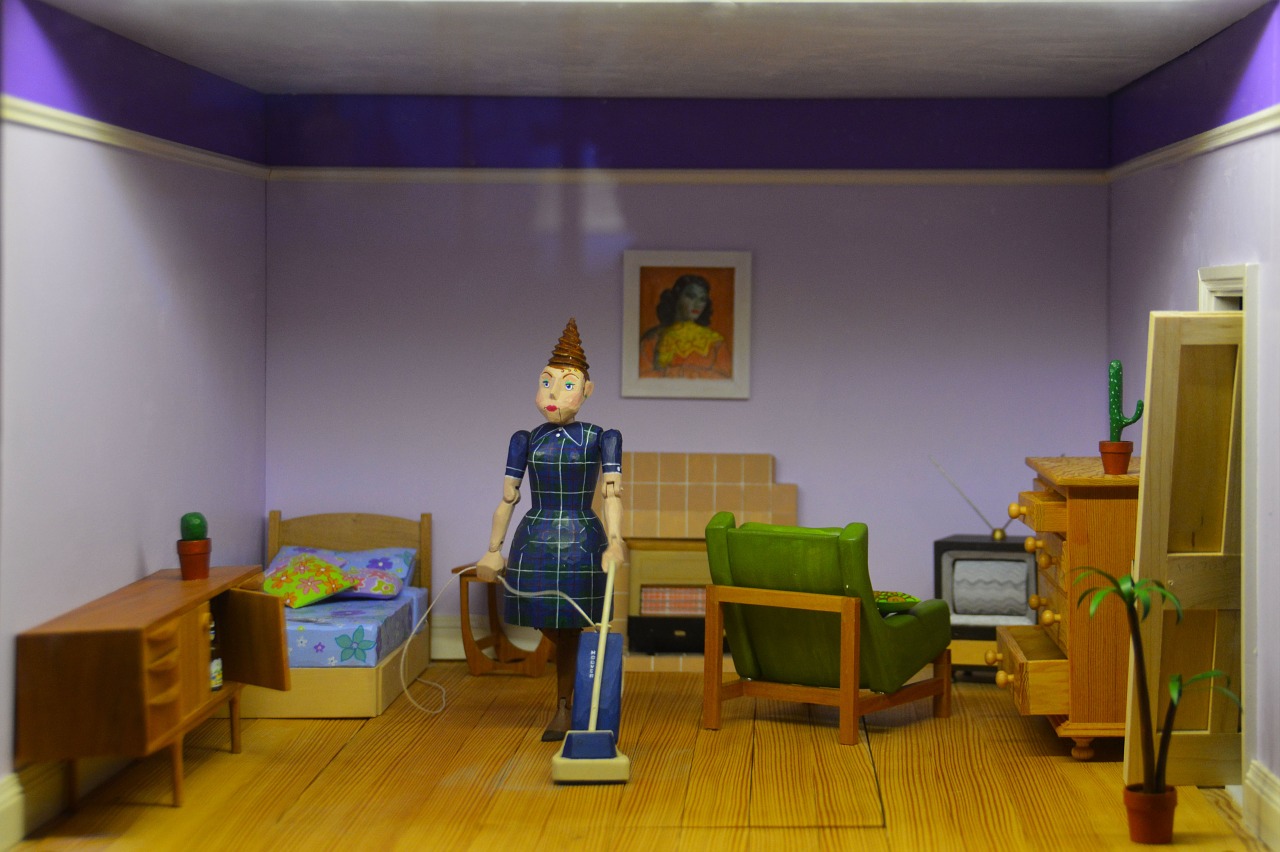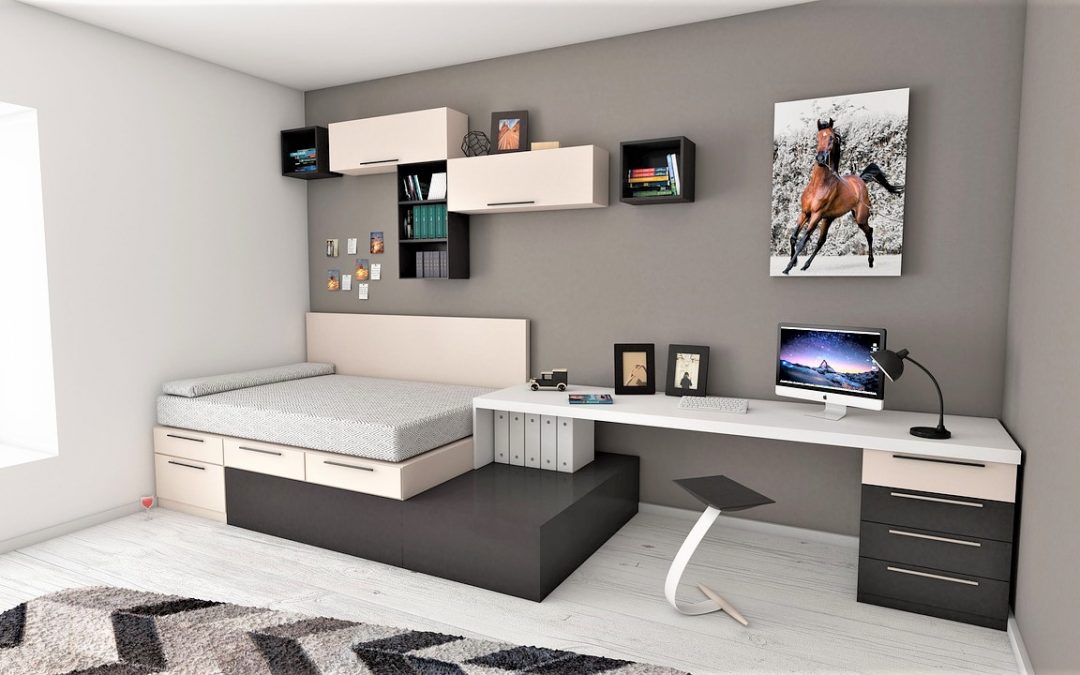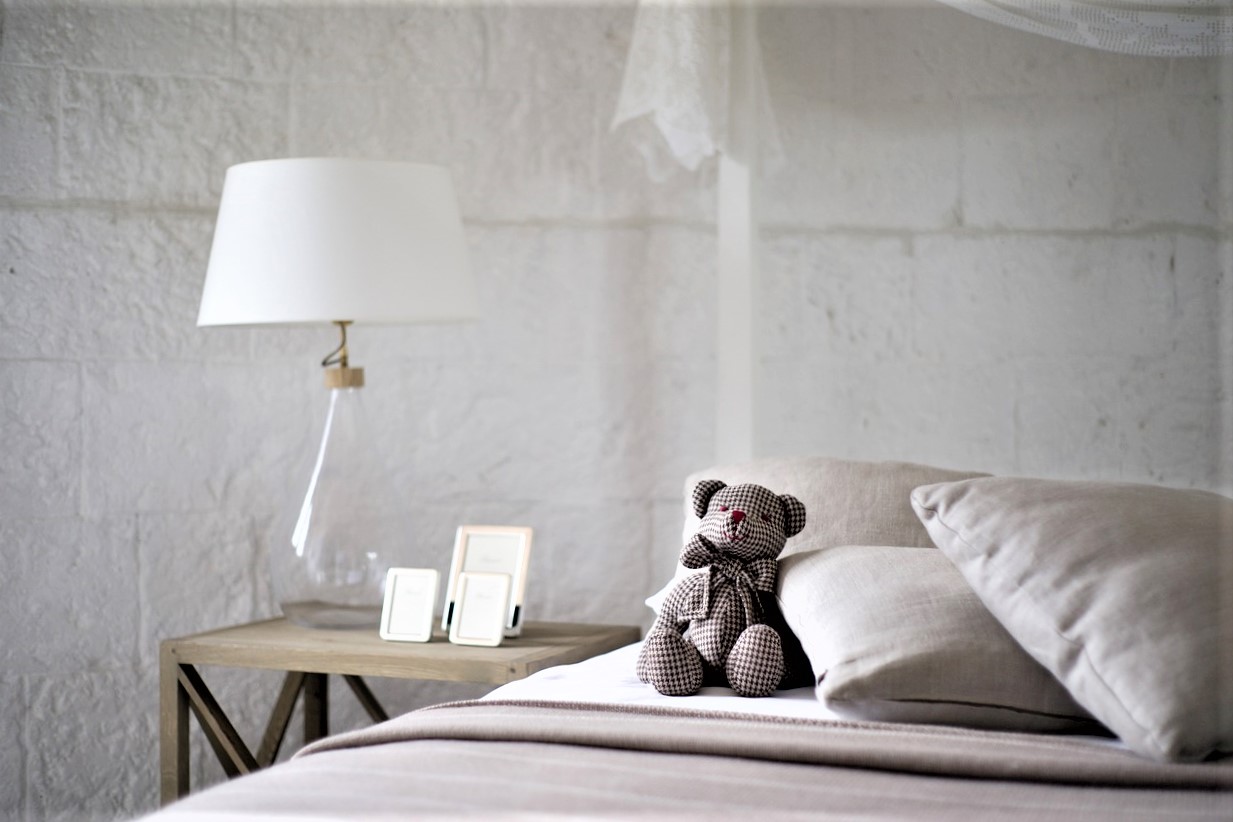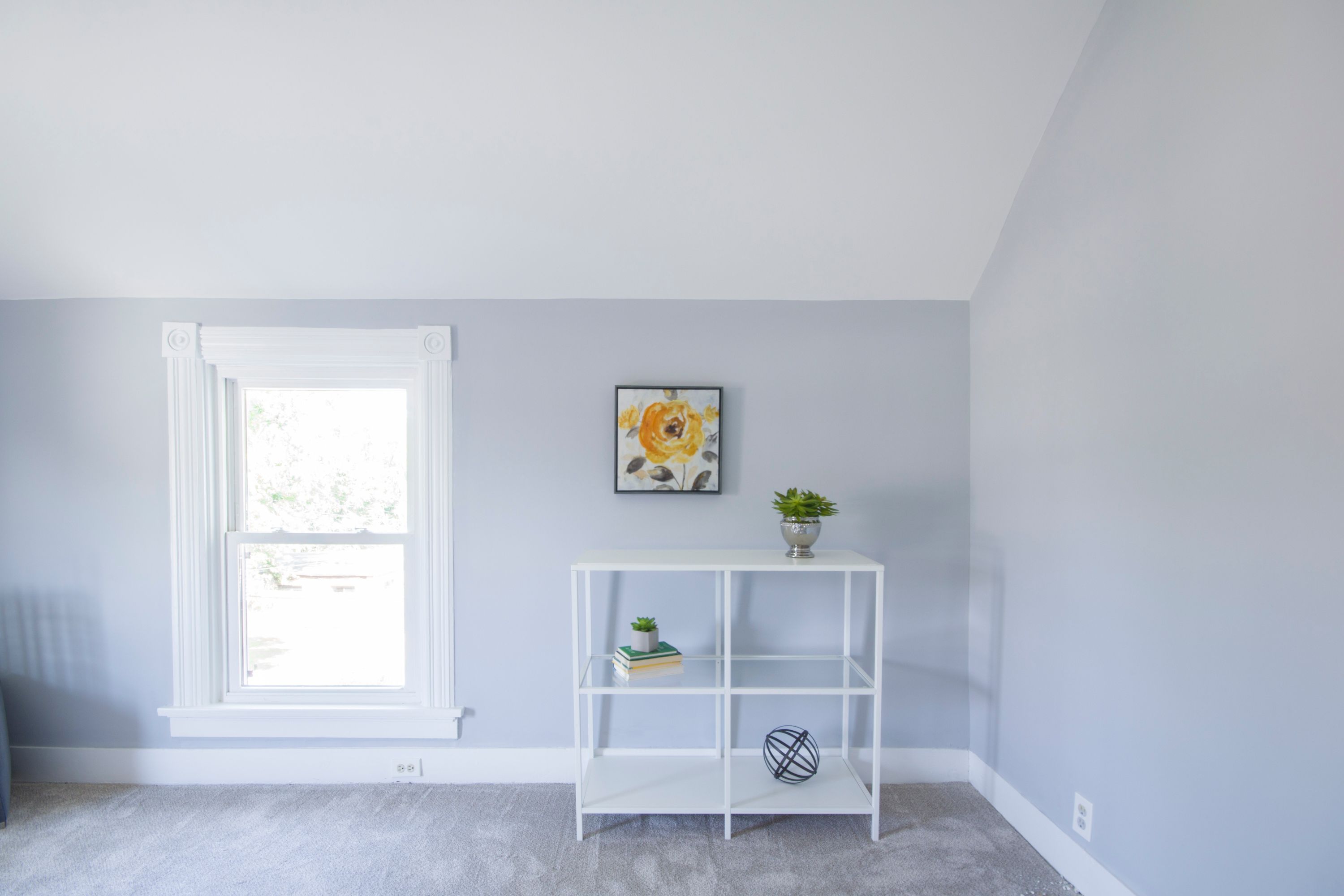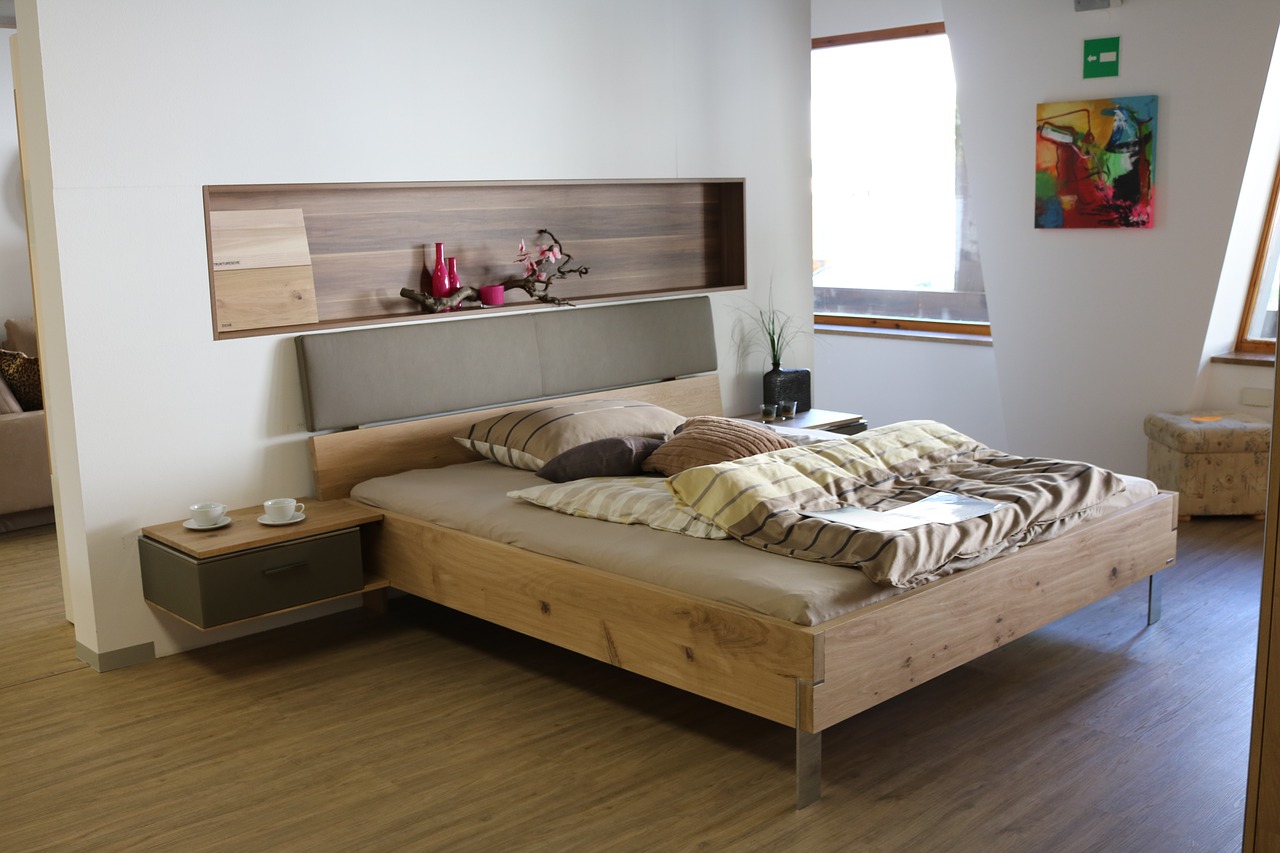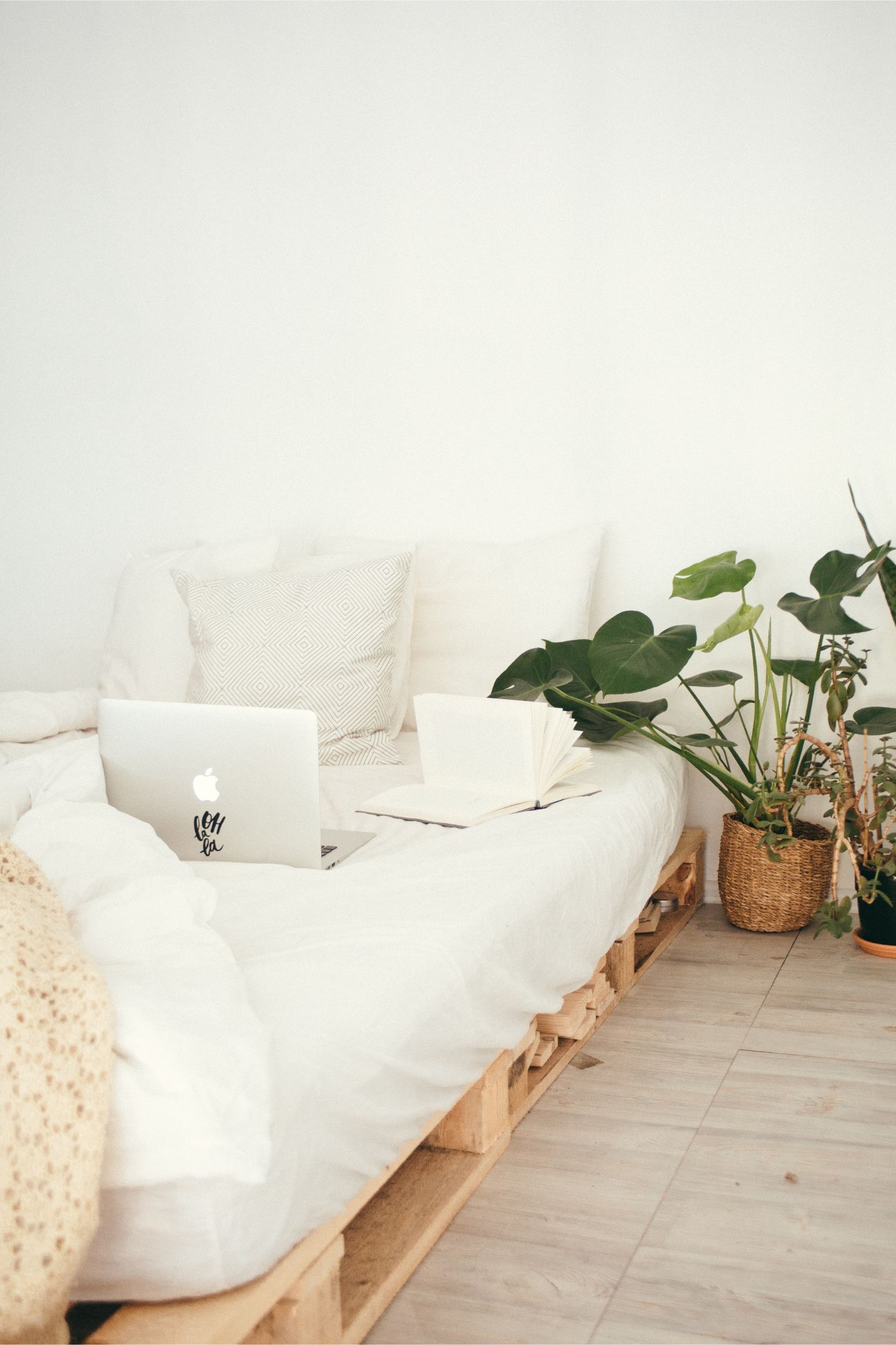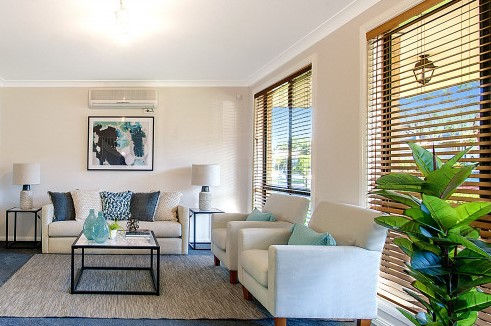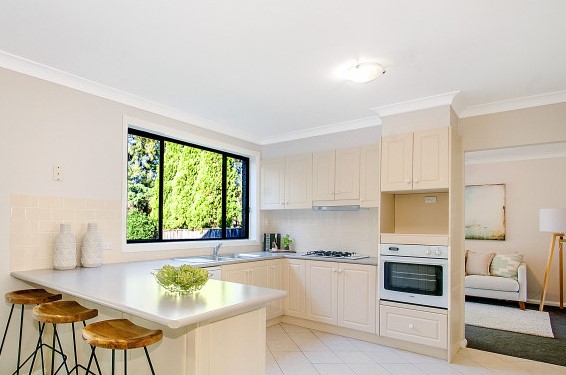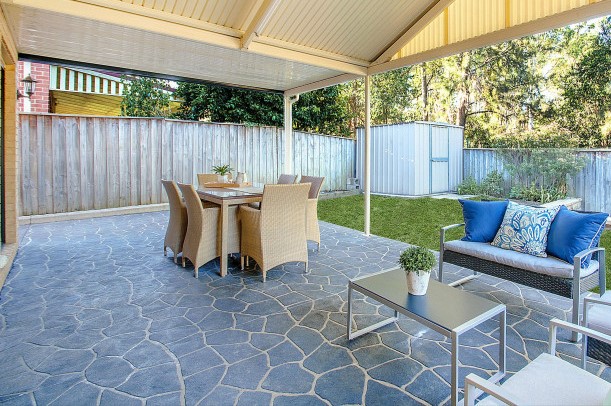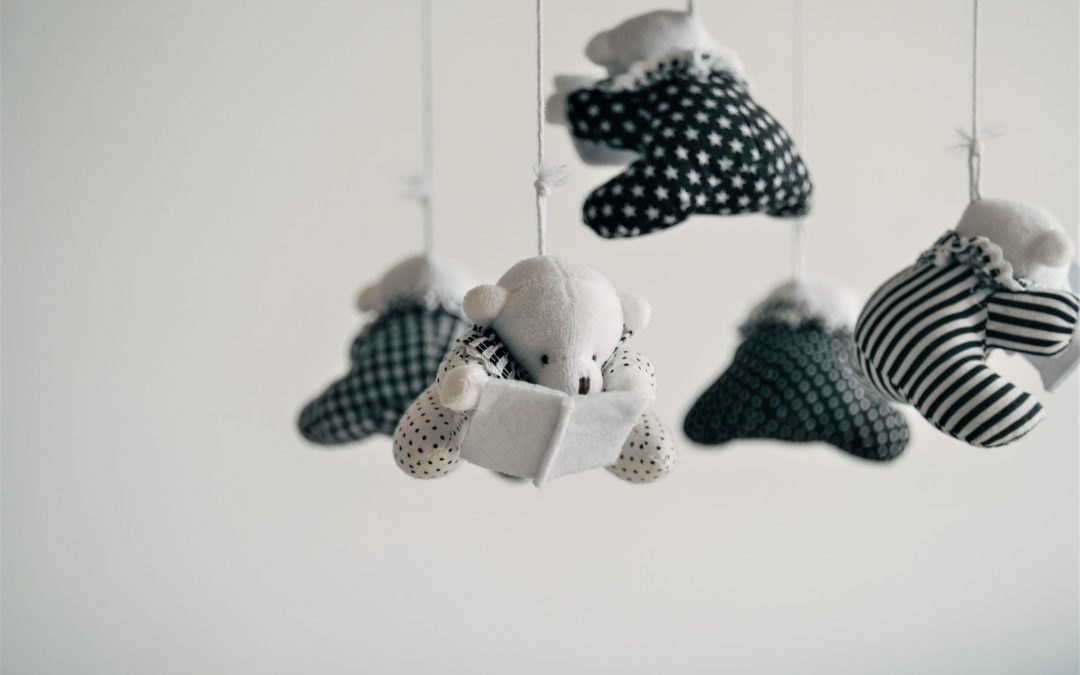
Choosing the Best Colour Scheme for Your Baby’s Room
Choosing the Best Colour Scheme for Your Baby’s Room
As parents we want to create that perfect haven of peaceful bliss for the baby and we have so many decorating options available today to make our child’s room a nurturing, comfortable and beautiful place.
So before rushing out the door and buying the cutest, trendiest and latest baby furniture and gadgets for your soon to arrive little one, first do some decorative planning for the baby’s room starting with choosing the best colour scheme for your baby’s room.
The Theory of Colour
We know different colours influence and affect us in different ways. So why not apply this knowledge when it comes to choosing the colour scheme for your baby’s nursery?
- RED – is an emotionally intense colour and should only be used for focal points or pop off colour – less is best.
- ORANGE – evokes feelings of warmth and comfort – it is a nice colour that can be used in the nursery. Use a darker orange to create a warm, cozy atmosphere.
- YELLOW – is a lively, cheerful and happy colour. Use muted yellow colours like the yellow of post-it notepaper.
- GREEN – is natural, calming, relaxing and soothing. A good colour to use in the nursery but stay with subtle hues of green such as sage and moss.
PURPLE – a symbol of luxuriousness, royalty and wealth. Use pastel purples or very pale shades like lavender and lilacs.
- WHITE – White is angelic, sweet, pure, clean and innocent – but do not go all white it may seem cold and harsh. Use white as a foundation on which to build and incorporate other colours into the nursery. Opt for the creamier shades of white like soft ivory and antique white.
- PINK – has a calming effect and is associated with love, kindness and nurturing. Use bright pinks to accentuate features in the nursery but generally stay with the pale soft gentler hues of pink.
- GREY – is subdued, quiet and reserved. When using grey, use warm tones or very light greys, avoiding dark greys. Add bright colours to the room. Grey is a neutral colour and makes other colours stand out.
- BROWN – is earthy and evokes strength, reliability and isolation. Use this colour sparingly and balance with other colours. Avoid the middle shades of brown. Go with dark chocolate brown, beige and tan.
- BLACK – represents strength, seriousness and power. Use this colour sparingly and preferably as an accent colour. Repainting black walls is a nightmare. Ensure the room has access to a lot of natural light and large windows.
- NEUTRALS – probably the best of all the choices are neutrals shades. They evoke warmth and present a cosy atmosphere. Neutrals make other colours sing.
These colours can be incorporated into the nursery in many ways.
- Main colour scheme
- Painting the walls – one wall or all
- Furniture
- Decorative items
- Bold Accents
- Rugs
- Artwork
- Baby paraphernalia
- Pop off colours
Choosing the Best Colour Scheme for Your Baby’s Room
You are now armed with a little colour “know how” enabling you to transform the room into a blissful sanctuary for the little one by adding the furniture and decorative items.

